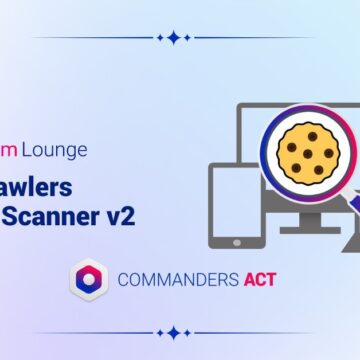5 tips and tricks for your path towards attribute-supported optimisation of the customer journey
19/11/2019 |

1) Determine your objectives and start off with simple models: What do you want to achieve with attribution? Are you focusing on budget allocation, reassessment of partners/campaigns, or options for automation (keyword: bid management)? Learn how to understand data, correlations, and processes within your company—and within your advertising partners and agencies. Classify your campaigns (branding, performance, upselling, lead generation, etc.) and channels. Complex and dynamic models can quickly turn into a black box full of pitfalls, and should only be used when you have a firm grasp of other topics. The initial focus should be on the objectives that you want to achieve with the help of attribution, such as budget allocation
2) Carry out a descriptive analysis of the customer journey and determine what data is available, and of what quality: Are all campaigns being tracked cleanly? Analyse the data that you have available: how great are the discrepancies between online and offline data in terms of products sold and revenue? You should take cancellations and returns into account when doing this. Before you can manage an attribution model, you need clean, cross-channel data tracked as a unit that combines off-page, on-page, and CRM views. Which channels typically play the role of “introducer”, and which ones play the role of “closer”? Which other channels between introducer and closer have the most influence on the customer journey, and in what ways? Can offline conversions (purchases in brick-and-mortar stores, from a distributor, on the telephone, etc.) also be taken into account?
3) Seek out and recognise potential quick wins: How many touchpoints per journey? How many journeys consist of just one channel? Is there any scope for optimisation based on reweighting touchpoints? Are there recognisable differences in terms of revenue when compared to multi-touch journeys? Are there touchpoint chains that don’t lead to conversions? Take into account usability aspects, such as funnel analyses. Eliminate errors and usability obstacles for website users via website optimisation (A/B testing), so that these don’t slam the brakes on your budget optimisation.
4) Lay the foundations for more complex models:
a) Organisationally: Launch an integrated marketing team approach (do away with the silo mentality and stop thinking in terms of channels/ areas of responsibility). For example, this could occur by changing the marketing targets into cross-team targets and KPIs. Ideally, online marketing, CRM, analytics, and business intelligence teams should all work together. Important: avoid creating a black box. Every model should maintain clarity and only be as complicated as necessary. In contrast to static models, even simple individualised models bring in a lot of added value!
b) Contractually: Look through performance marketing contracts. Discuss and agree on new models of compensation with partners, if required.
c) Technically: Generally, you want to have as perfect a budget allocation as possible for each channel. The aim of the game is to boost conversions by improving budget distribution. Analyse current data and start off by using a simulation to compare the possible impact that the various models could have on budget allocation and compensation. Then get your performance marketing partners or agencies and employees on board. Test the new attribution model on a clearly defined target group. What impact does it have? Is your hypothesis correct? Finally, roll out the new model to other campaigns and product categories, and compare to see if your assumptions play out.
5) Propose optimisation hypotheses to start with: Generally, you want to have as perfect a budget allocation as possible for each channel. The aim of the game is to boost conversions by improving budget distribution. Analyse current data and start off by using a simulation to compare the possible impact that the various models could have on budget allocation and compensation. Then get your performance marketing partners or agencies and employees on board. Test the new attribution model on a clearly defined target group. What impact does it have? Is your hypothesis correct? Finally, roll out the new model to other campaigns and product categories, and compare to see if your assumptions play out.










